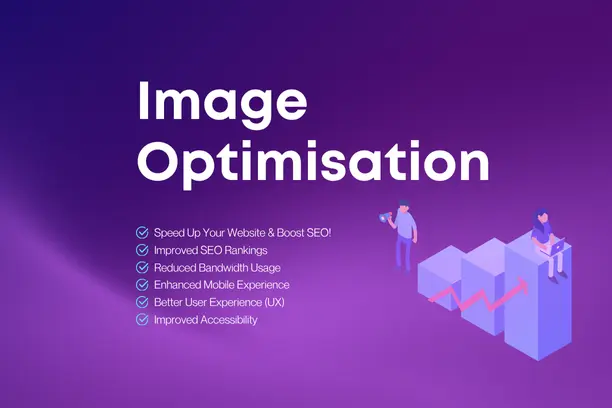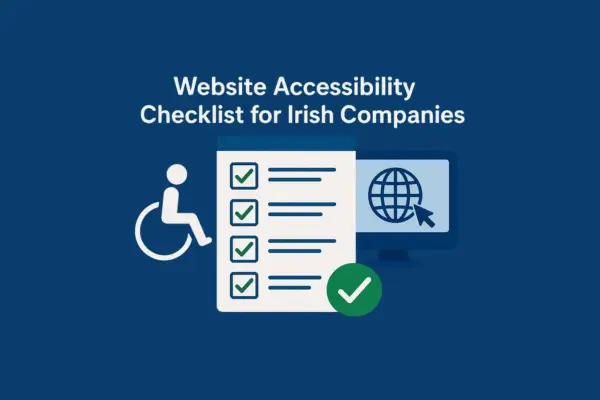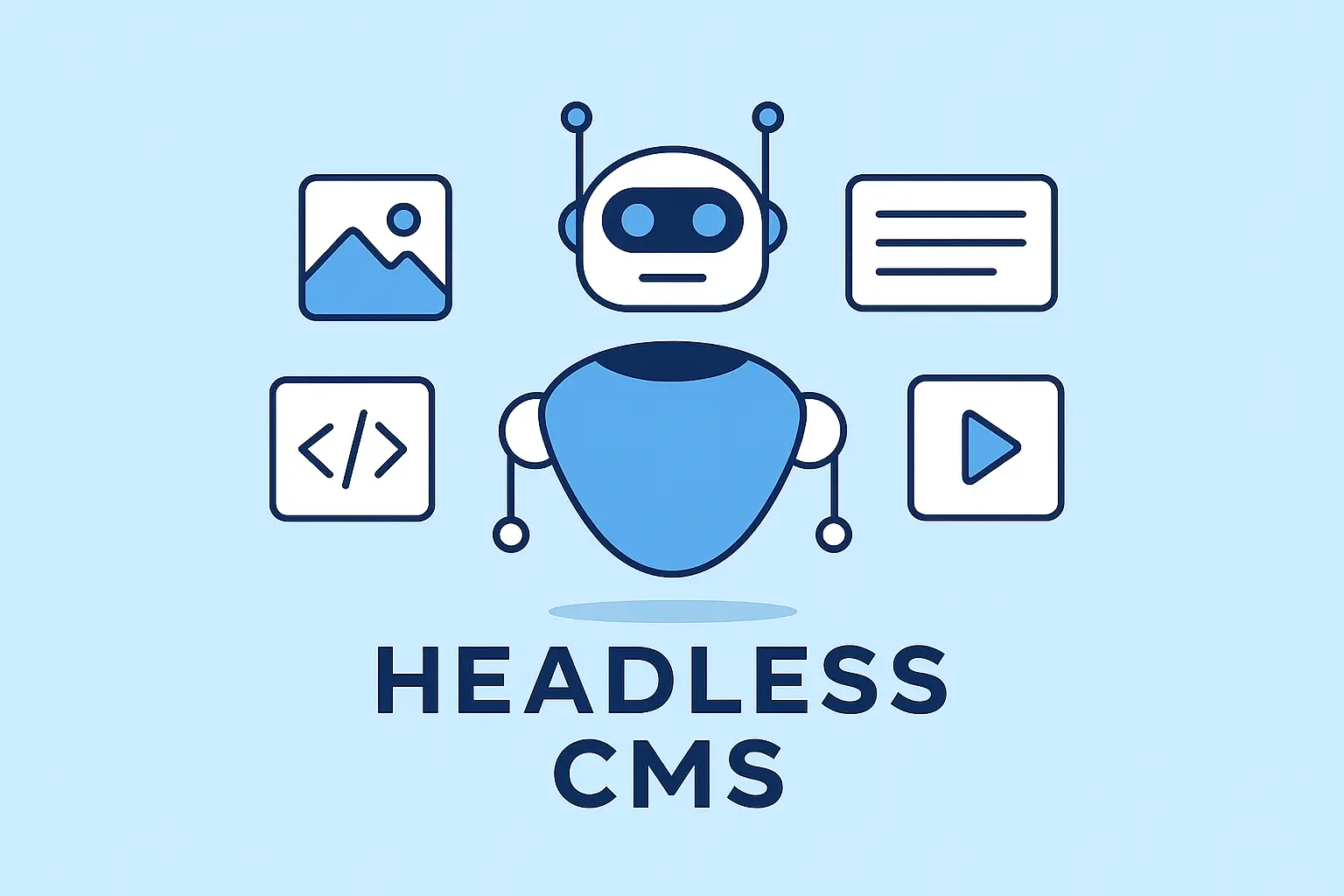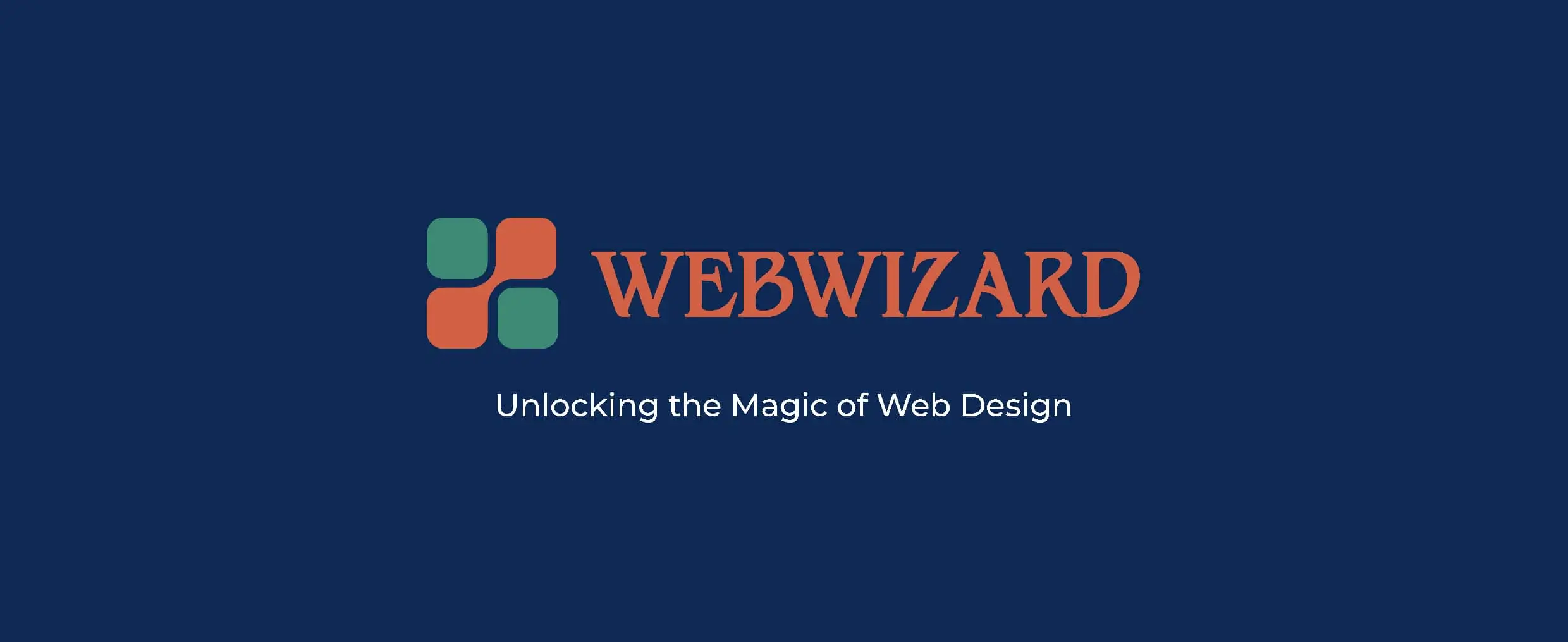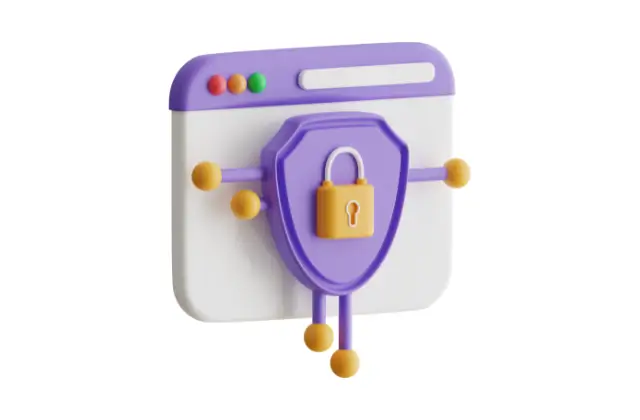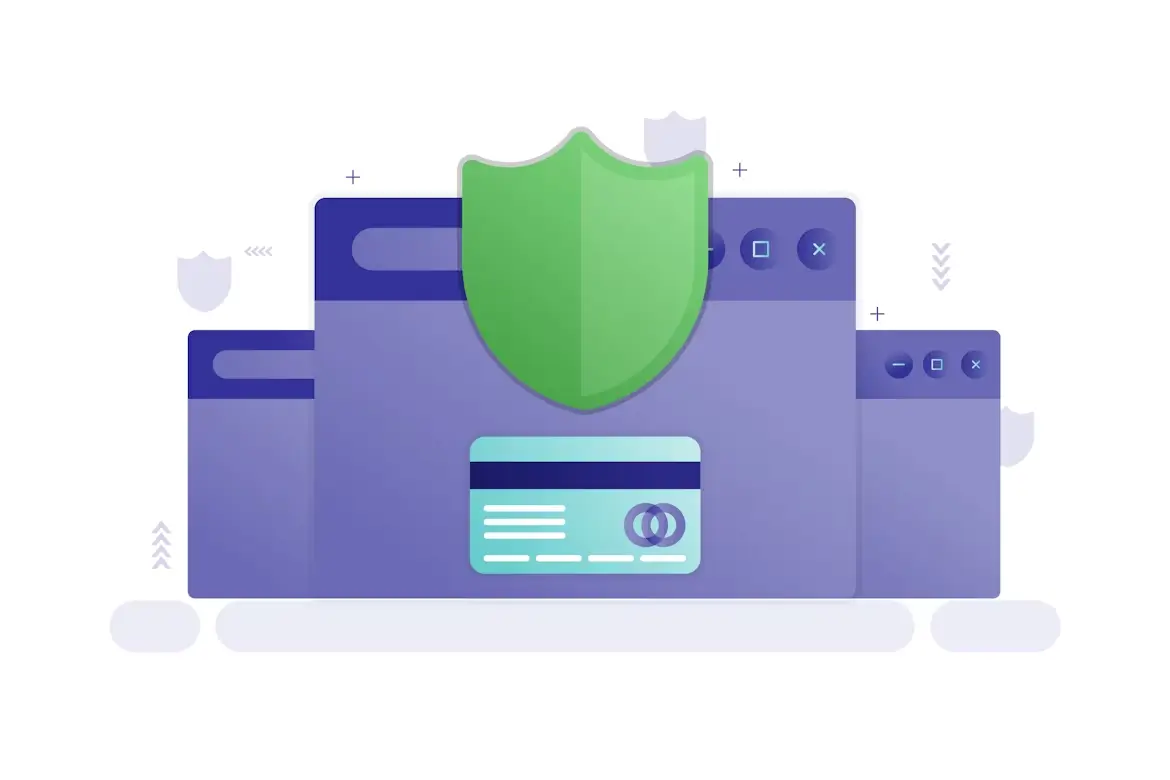Updatated on Nov 12, 2024
Introduction
In today’s tech-driven world, the concept of software is rapidly evolving. With the surge of web applications, traditional desktop software is gradually being complemented or replaced by browser-based solutions. This transition reflects changes in how users and businesses perceive, use, and interact with software.
Traditional Software: The Foundation
Traditional software operates directly on a user's device. Installed as a standalone application, it depends on local storage and is often tied to specific hardware. Examples include Microsoft Word and Adobe Photoshop. Traditional software usually requires periodic updates, licenses, and manual installation across multiple devices.
Learn how Web Applications and How They Differ from Websites
Web Apps: The Flexible, Modern Solution
Web apps run in web browsers and are accessible on almost any internet-enabled device. They don’t require installation, making them universally compatible and lightweight. Popular web apps like Google Docs, Slack, and Spotify provide a seamless, device-agnostic experience that users can access on the go. Automatic server-side updates are a significant advantage, as they eliminate the need for users to download updates manually, and the applications run on remote servers instead of taking up local storage.
Key Differences Between Traditional Software and Web Apps
- Access & Compatibility: Web apps are available across devices via internet, while traditional software is device-bound.
- Updates & Maintenance: Web apps update on the server-side, giving users the latest version instantly, unlike traditional software which requires manual updates.
- Storage Needs: Traditional software requires substantial local storage, whereas web apps operate online, reducing storage burdens.
- User Accessibility: Web apps, being accessible from any browser, enable a more inclusive experience across diverse devices.
Why Businesses Favour Web Apps
Businesses are increasingly gravitating towards web apps to enhance customer experience. They allow for broader customer reach, easier scaling, and simpler updates, fostering consistent user engagement. For example:
- Scalability: Web apps can handle increased traffic without complex hardware changes.
- Global Accessibility: Being browser-based, web apps expand a business's customer base by making the service available to anyone online.
- Consistent User Experience: Updates are seamless, keeping the user experience fresh and engaging without demanding user action.
The SaaS Model: Web Apps and the Cloud
Software-as-a-Service (SaaS) has transformed the software landscape, allowing businesses to offer their products as subscription-based web apps. This shift is closely tied to the growth of cloud computing, enabling data storage and processing to happen remotely, and empowering mobile-first access and remote work.
The Future of Software Development
As digital needs grow and evolve, the line between traditional software and web apps continues to blur. Hybrid solutions, combining the strengths of both, may become common, but web apps are leading this evolution due to their flexibility, accessibility, and adaptability.
Conclusion
Traditional software still holds value, especially for intensive, hardware-dependent tasks. However, the future points toward web apps that cater to a more mobile, interconnected, and fast-paced world. Their ease of access, automatic updates, and cross-device compatibility are ideal for modern users, making web apps the primary solution for today’s digital demands.
In a world moving towards accessibility and seamless connectivity, web apps represent a transformative direction for software.


